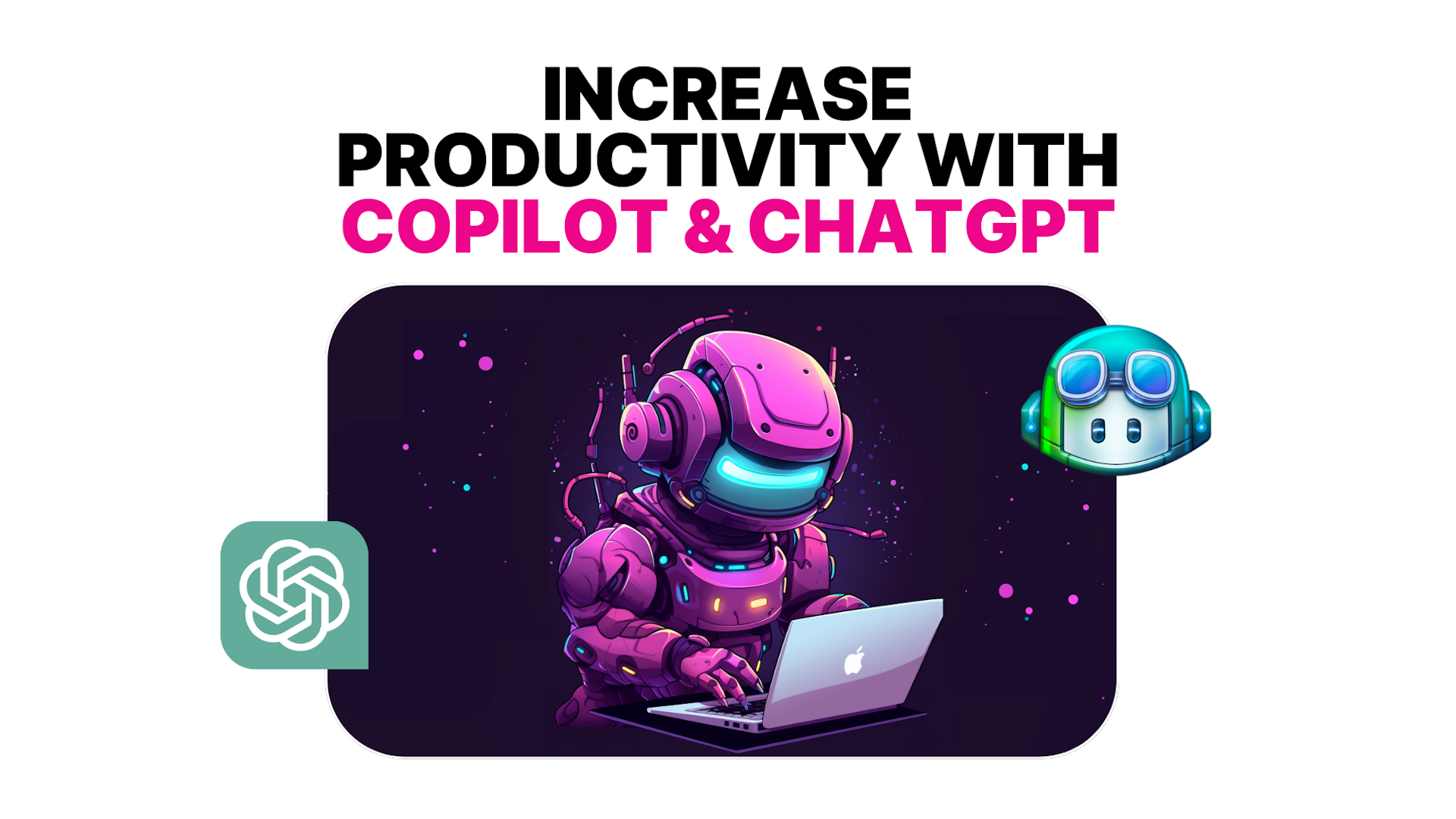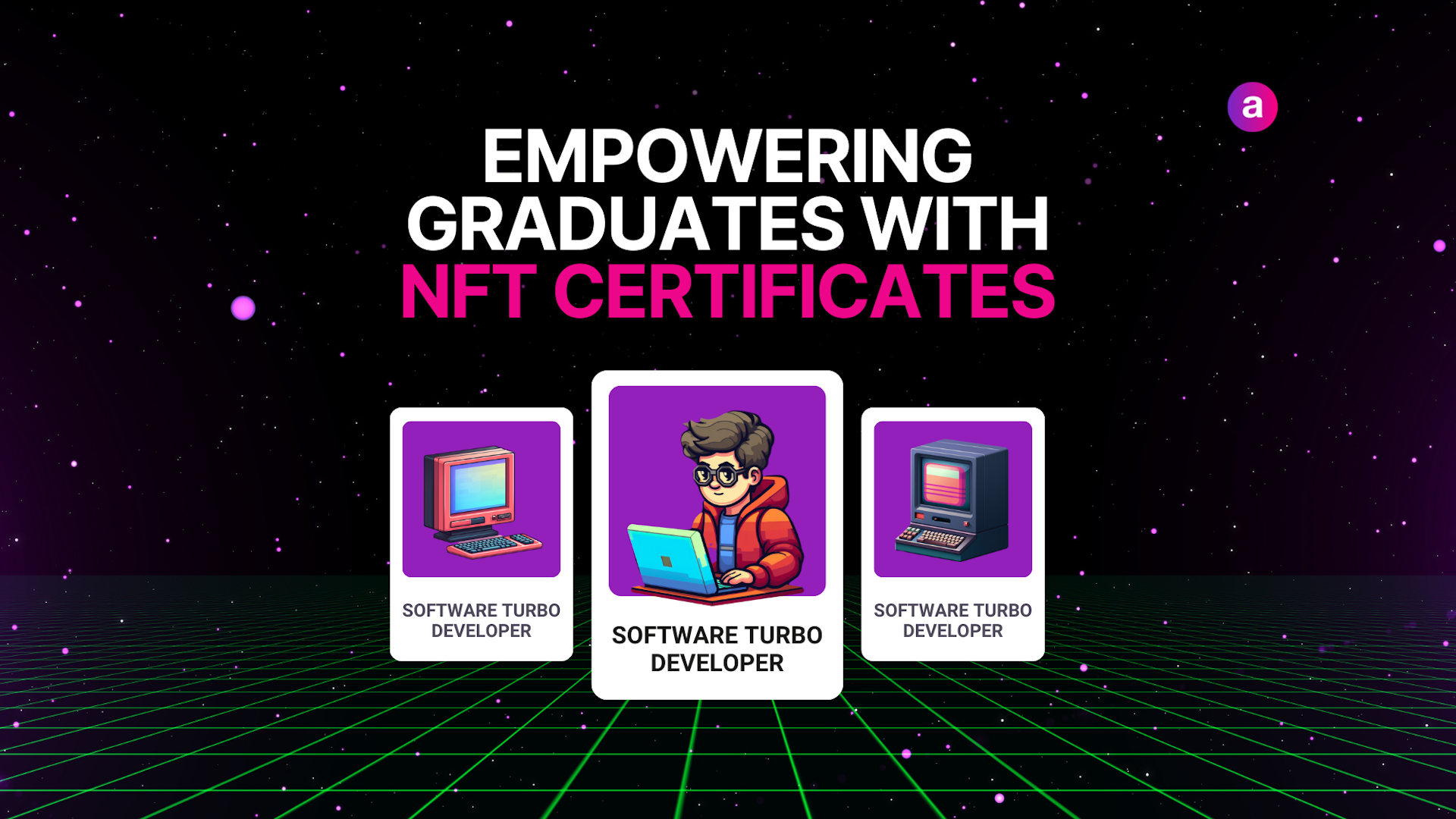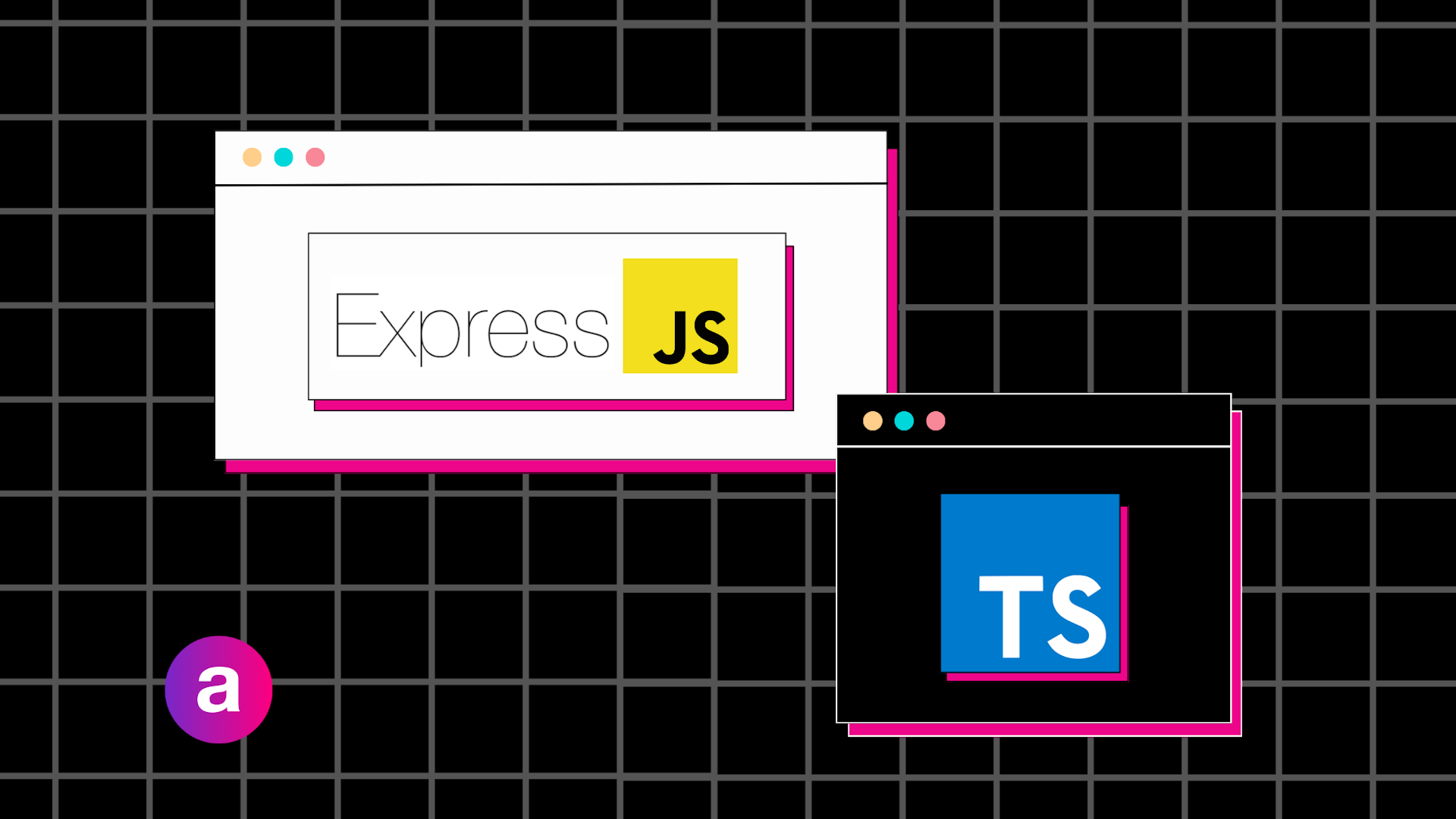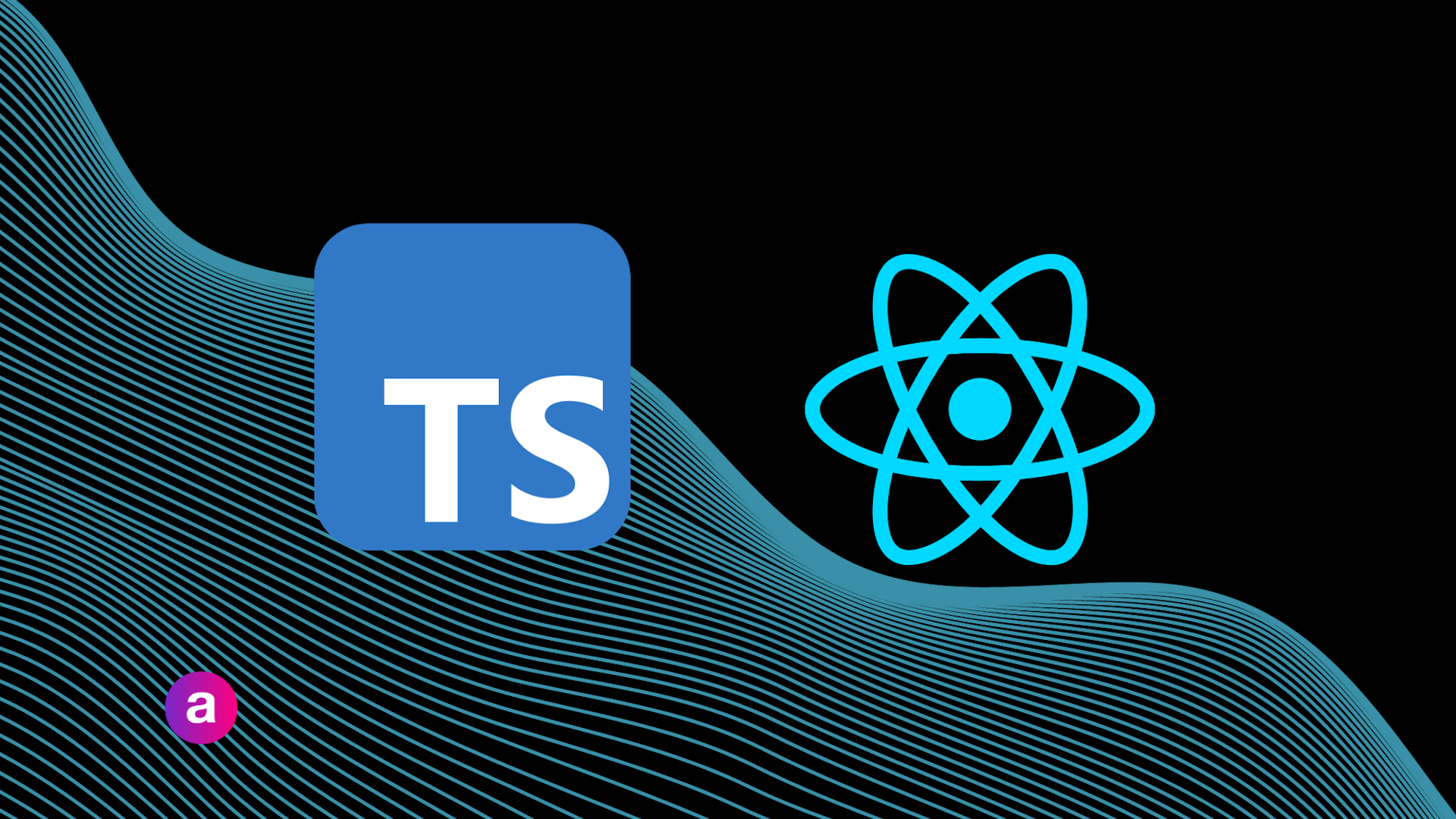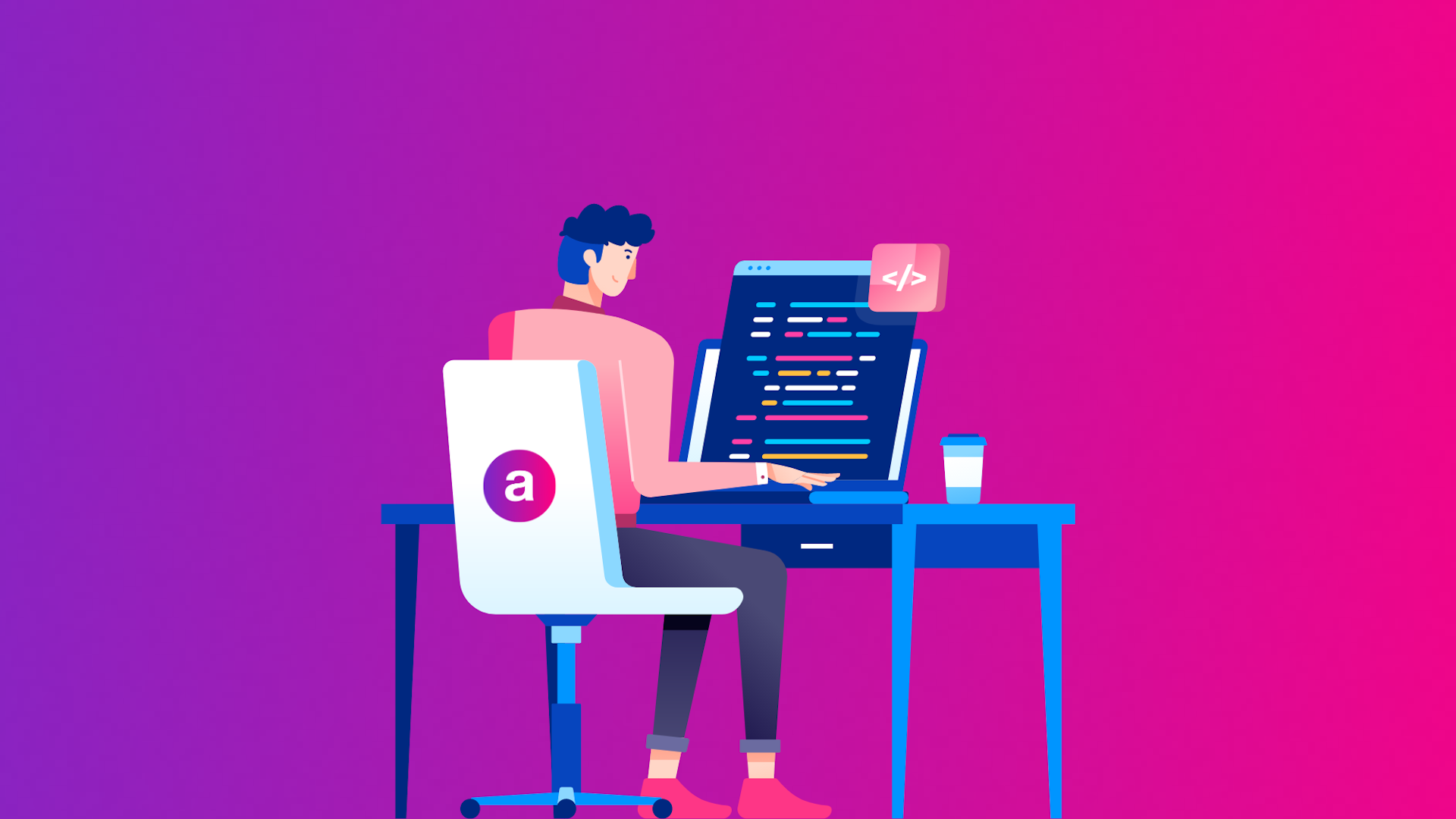6 Reasons Why Learning to Code is the Ultimate Game-Changer for Your Career
If you hadn’t noticed, almost everything and everyone on the planet relies somehow on technology. The demand for it has grown even more as companies want to innovate, boost productivity, and streamline processes. So that’s where programming comes into play. Programming is basically telling computers what to do by writing instructions (code) in a language that they can understand. Why is it important? Well, whether you're in finance, healthcare, marketing, or any other field, coding has become an essential skill. Organizations want programmers to help add and maintain technology in their operations, and they’re willing to pay more money to do so. Even if you’re not a programmer, web developer, or anything techie, learning to code can still be beneficial to be more creative, increase productivity, become indispensable and just stay ahead of the curb. So let’s dive into the world of coding and uncover how it can reshape your professional career: 1. Better benefits Being a programmer is a solid job and coming from a software engineering academy, we might be biased, but the benefits speak for themselves: Remote work: Imagine the freedom of working from your home or from pretty much wherever you want. Some companies might make you go to the office once or twice a week, or maybe once every few months for in-person meetings, but in general, they know better than to try to force programmers to go to the office every day. Learning programming sets you up for more remote job opportunities and lets you forget about geographical boundaries. Who said that you can’t live in one country and work for a company in another? It’s quite common for developers to live in one place (for example, Spain) but work for a company based elsewhere (US, Switzerland, Germany, etc.). So why be stuck in a boring office when there are so many opportunities out there? Improved work-life balance: Being able to take control of your professional life and still be able to enjoy the pleasures of life outside of work is something that many people are constantly looking for. In general, developers have a lot of flexibility when it comes to working hours, schedules, and responsibilities. Unlike other roles, these positions have a lot of freedom, which allows you to fit your workday to your lifestyle. Whether it's taking breaks throughout the day to spend time with your loved ones, enjoy hobbies or even just go to the gym, developers often have the advantage of integrating their own personal interests seamlessly into their work routines. Some of our students that have come from other industries and become programmers say they have less stress and enjoy their days more now. A lot of them have more flexibility which allows them to travel and do things that bring them joy. Job security: Technology is a key element for every company out there so if you have the skills needed, then you’ll be a key asset for any organization. The worry of losing your job goes out the window and finding a new one becomes a much easier endeavor. This field offers you a stability and tranquility that others don't have. It’s a very strong market with an ever-growing demand for talented professionals. Instead of you having to apply for jobs and try to contact recruiters, they’ll be the ones looking for you. Even if you’re not looking to work as a software engineer, knowing the basics of coding can give you more chances to advance your career and climb up the corporate ladder. Higher salary: Programmers are a hot commodity, meaning they’re in demand and companies are willing to pay more for them. According to Glassdoor, the average salary for a software engineer in the United States ranges from 69K to over 100K. A junior developer that comes out of arol.dev has an average salary of 30K in Spain (in other countries the average salary for juniors can be higher) . The progression to a higher-ranking role is generally quite quick, so it’s not too long before they’re enjoying some increased salaries. Be part of a supportive community: The world of coding is a very united space. It’s a place where you can share your knowledge and collaborate with others. This makes for great networking opportunities and it can play a big part in your career development. There are tons of meetups, conferences, webinars, and workshops where you can meet other programmers or companies that might interest you. At arol.dev we have engaging and interactive events planned that you can check out here and join the vibrant tech community. It’s a great chance to share your knowledge and learn from others. With the constant innovation in the world of tech, there’s always something new to learn. 2. High demand for programmers The role of tech has been growing in all industries and with the rise of automation and AI, it’s not slowing down anytime soon. If you look up the most in-demand jobs in countries like Spain, Germany, the UK, and the US, software developers always come out on top. Software engineering employment is even projected to grow 25% by 2031 in the US alone, the fastest among all occupations (5% on average). Industries are going through a digital transformation to simplify processes and make everything more efficient; meaning that tech is going to be used in every sector so you have plenty of options and since it can be done remotely, the world is your oyster. 3. Make an impact At first glance, it might not seem like it, but coding can give you many opportunities to leave a lasting impact. Plenty of individuals want to leave their mark but feel constrained in their current jobs. As a developer, you can create something tangible and real that people will actively use and benefit from. If you think about it, programming plays a vital role in almost everything around you: mobile apps, web platforms, all the software for electronic devices, social media, robotics, AI, and more, all of which have had a major impact on society. By learning how to code, you can play a part in meaningful advancements and actually see the impact of your work. 4. Problem-solving skills Programming is much more than writing lines of code. Through the process, you have to analyze data and find creative solutions. Beyond the numbers and letters, coding levels up your problem-solving and helps you learn to adapt as new challenges pop up. By diving into programming you learn to break down complicated problems into much simpler, more manageable parts. This makes it easier to identify the most important issues and how to deal with them. You then fine-tune your process as you learn new information and keep pushing forwards. These skills, along with critical thinking, are honed in the process of learning software engineering and are crucial for any job out there. 5. Enhances creativity Programming isn’t just about logic–it's a playground for your creativity. By automating those tedious, boring tasks, you can free up time and let out your more creative side. Coding can bring your ideas to life. It’s a low-risk space where you can let your ideas run wild and develop different concepts. You can even make simulations of intricate ideas so they’re easier to understand. Not to mention that you can get into the world of digital art with code and thanks to artificial intelligence, the possibilities are endless. 6. Automation and efficiency Countless hours are wasted on repetitive tasks. This is why companies are looking towards programming to automate these processes and boost productivity. This saves precious time, which allows you to focus on the more important tasks at hand. It even reduces errors that would be more likely to happen by doing things manually. It not only gives you an advantage in your technical skills, but other areas of life as well: You’ll be better prepared to create solutions to fix problems or improve workflows You’ll have a better understanding of different interfaces (from Excel to CRMs) Even if you’re not a developer, it will allow for better communication with your technical peers and improve collaboration and understanding How to start The good news is that you don’t need to spend years getting a university degree to start programming. Having a degree is helpful but there are some more effective alternatives. If you don’t want to change careers and become a developer but you’d like to enhance your profile, there are many options available for you. Online resources, including tutorials, free materials, and coding apps, can provide you with plenty of knowledge to explore. You can also go to meetups and webinars or join coding communities where you learn more and connect with others like you. Just remember to practice. Programming is like any other skill, it gets better with repetition. For those who are exploring the idea of working as a programmer but not sure you’ll like it: just try it out and see how it goes. Start experimenting with coding, exploring different programming languages, and trying out small projects. Try basic courses to discover the basics of coding like the fundamentals of JavaScript. It’s an immersive way to learn without the full commitment. It’s all about exploring and discovering more to see if you actually want to pursue programming further. Don’t hesitate to take the first step. If you want to become a software engineer then there’s a coding program that stands out from the rest. arol.dev places a huge emphasis on quality, making it the best choice for anyone looking to start their coding career. As a Software Engineering Academy, our intensive, full-time program is designed to help you learn how to code in only three months. With a carefully curated syllabus, we make sure you’re learning the most in demand programming languages and tools. It’s a learning experience like no other. By joining arol.dev you’ll get hands-on experience and guidance from skilled mentors who will be there to support you through each step of the process. Whether you're a complete beginner or know your way around code, arol.dev is the platform that will give you all the knowledge you need to enjoy and succeed in the world of tech. Conclusion To wrap it up, learning programming is essentially a superpower in today’s digital world. It can open up a world of possibilities for you whether you want to work in tech or not. Even just dabbling in code can advance your career and help you develop new skills. Remember, if you want to learn how to code: start with the basics, practice, practice, practice, and don’t stop learning. Once you've got programming under your belt, the sky's the limit, and the possibilities? Well, they're practically endless.




